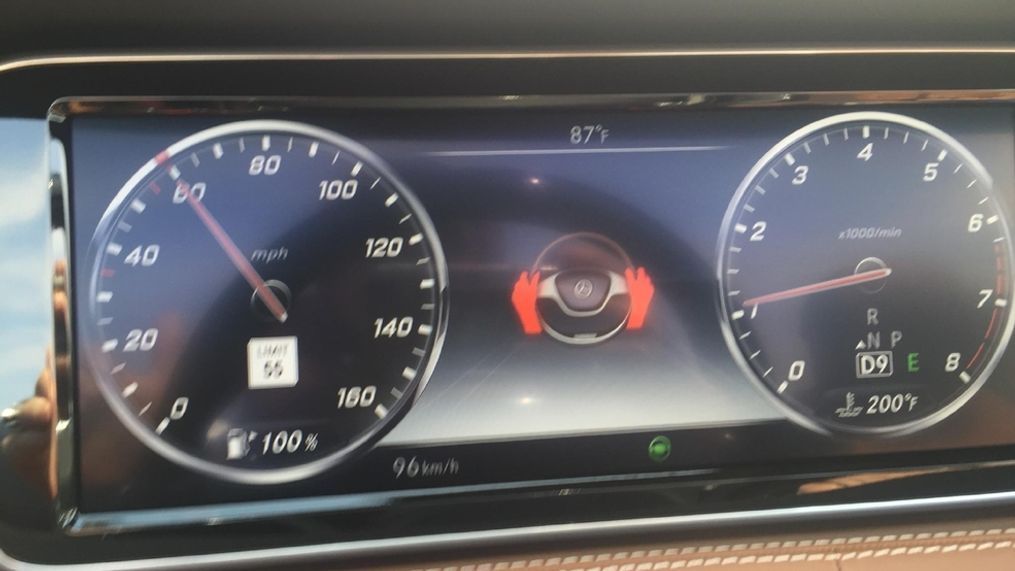A primer: What do levels of autonomy really mean?

Autonomous cars seem to be on the tip of everyone’s tongue these days with several automakers offering varying levels high-tech features that give driver assistance.
The key word here is “assistance.”
With the recent spate of crashes involving vehicles using some form of automated driving, it’s worth stating the following fact: In 2018 there is no such thing as a fully autonomous car offered for private consumption.
Tesla’s Autopilot is not fully autonomous. Cadillac’s Super Cruise is also not fully autonomous. But they’re close.
And there are companies like Waymo and Uber that have been testing fully autonomous vehicles in public. But, let me repeat, there is nothing out there that you can personally own that is fully automated. At least nothing that’s legal.
Officially, SAE International has defined 5 levels of autonomy that range from driver assistance to full automation. Right now, we have vehicles that you can buy with Level 1 through Level 2 autonomy on the roads, so here’s a breakdown of what each level means and what technology is included.
Level 1: Driver Assistance
This is the simplest form of autonomy, and any system in play is meant to work in conjunction with a human driver. The vehicle may use radar or cameras to help assist the driver with acceleration or deceleration as well as nudge the car back into a lane if it deviates.
You’ll see this in features like adaptive cruise control or some lane departure warning systems. The human driver must be alert and in control of the vehicle at all times.
Level 2: Partial Automation
At this level, the vehicle and driver still work together, but the machine gives a little more aid. The cameras and radar come into play again, but instead of a nudge when you drive outside the lines, the car might give you more forceful guidance by using lane centering techniques.
The adaptive cruise control systems become more advanced at this stage of the game as well and will be able to bring the vehicle to a complete stop – and in some instances start the vehicle in motion again. Think: stop-and-go traffic.
At Level 2, you have hands-on and hands-off systems – but both types of systems require the driver to monitor the environment and intervene if there is a problem.
One type of Level 2 system would include Nissan ProPilot Assist, which requires hands on the wheel. If the system doesn’t feel any steering input, it will give visible and audible alerts bringing the vehicle to a complete stop.
A more advanced Level 2 system would include something like Cadillac Super Cruise, which allows the driver to take hands off the wheel, but monitors face position to ensure that the driver is still paying attention to the road – and not doing something like texting or watching a movie.
Level 3: Conditional Automation
With conditional automation, the vehicle takes more control but still requires a human driver as a failsafe. The vehicle can perform most of the driving functions but might not be able to recognize things like pop-up construction or pedestrians outside of a crosswalk or manage well in inclement weather.
Most notably, Uber has been using conditional automation in its autonomous tests in Arizona, California and Pennsylvania. But as we’ve seen with the recent tragedy in Phoenix, this is still not 100 percent automation and the backup driver needs to be engaged. After the accident, Uber suspended autonomous testing.
Level 4: High Automation
The human driver all but leaves the equation at this point. The automated system executes steering, acceleration and deceleration as well as monitors the driving environment and serves as the fallback to perform various driving tasks.
At this point, you’ll still have a steering wheel, accelerator and brake so that a human driver could take over. But in most instances the human is redundant.
Level 5: Full Automation
This is what most people think of when they hear the word “self-driving” or “autonomous” as it describes vehicles. Here, the vehicle can do everything from exiting a highway to managing urban traffic with stoplights and stop signs.
The human becomes irrelevant, and the vehicle likely won’t come equipped with any equipment that will allow a human to take control of the vehicle.
Waymo, Google’s automotive arm, is at the forefront of this level of autonomy and has put completely driverless cars on the roads for testing with few incidents. In fact, later this year, the company plans to implement an autonomous ride-share service in Phoenix that would be Level 5.
The Bottom Line
Levels 1 – 2 still require a human driver to monitor the environment while the vehicle is in motion – even though in cases like Super Cruise or Tesla’s Autopilot, there is a huge level of autonomy. It’s when the driver puts too much faith in the system or mistakes these lower-level automations for a Level 5 that we start to see accidents.
Levels 3 – 5 are still largely in the Beta testing phase. And while companies like Waymo have put them out in public spaces, there is nothing currently on the market with full autonomy that a regular person can buy.
Industry folks disagree on when full automation will be wide spread, but one thing everyone does agree on: It’s coming. And it’ll be here sooner than we think.
